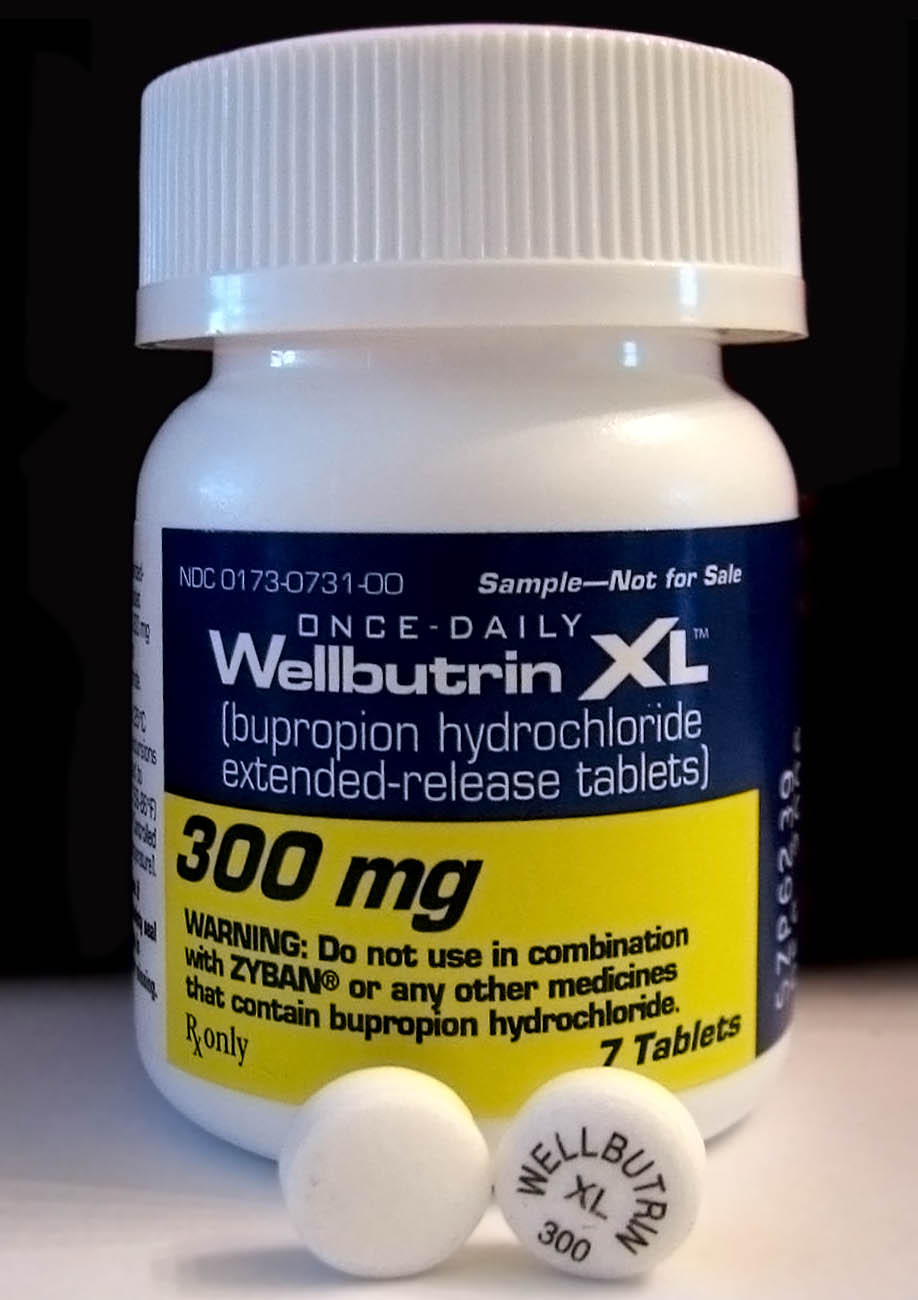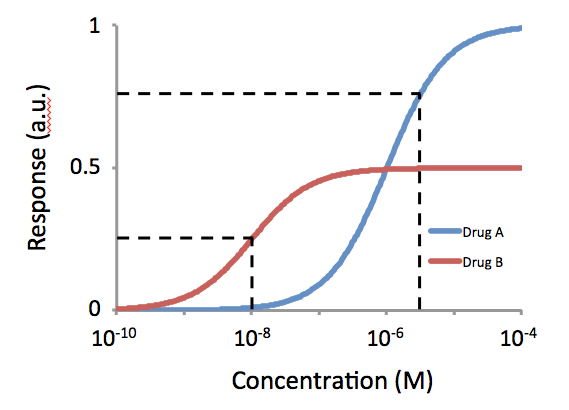|
(2R,3R)-Hydroxybupropion
(2''R'',3''R'')-Hydroxybupropion, or simply (''R'',''R'')-hydroxybupropion, is the major metabolite of the antidepressant, smoking cessation, and appetite suppressant medication bupropion. It is the (2''R'',3''R'')-enantiomer of hydroxybupropion, which in humans occurs as a racemic mixture, mixture of (2''R'',3''R'')-hydroxybupropion and radafaxine, (2''S'',3''S'')-hydroxybupropion (radafaxine). Hydroxybupropion is formed from bupropion mainly by the cytochrome P450 enzyme CYP2B6. Levels of (2''R'',3''R'')-hydroxybupropion are dramatically higher than those of bupropion and its other metabolites during bupropion therapy. Exposure with bupropion Bupropion is substantially converted into metabolites during first pass effect, first-pass metabolism with oral administration and levels of its metabolites are much higher than those of bupropion itself. Exposure to (2''R'',3''R'')-hydroxybupropion is 29-fold higher than to (''R'')-bupropion and exposure to (2''S'',3''S'')-hydroxybupropion ... [...More Info...] [...Related Items...] OR: [Wikipedia] [Google] [Baidu] |
Hydroxybupropion
Hydroxybupropion (code name BW 306U), or 6-hydroxybupropion, is the major active metabolite of the antidepressant and smoking cessation drug bupropion. It is formed from bupropion by the liver enzyme CYP2B6 during first-pass metabolism. With oral bupropion treatment, hydroxybupropion is present in blood plasma, plasma at area under the curve (pharmacokinetics), area under the curve concentrations that are as many as 16 to 20 times greater than those of bupropion itself, demonstrating extensive conversion of bupropion into hydroxybupropion in humans. As such, hydroxybupropion is likely to play a very important role in the effects of oral bupropion, which could accurately be thought of as functioning largely as a prodrug to hydroxybupropion. Hydroxybupropion has two chiral centers and is a racemic mixture, mixture of four possible enantiomers. In humans however, presumably due to steric hindrance, only (2R,3R)-Hydroxybupropion, (2''R'',3''R'')-hydroxybupropion and (2S,3S)-Hydroxybup ... [...More Info...] [...Related Items...] OR: [Wikipedia] [Google] [Baidu] |
Radafaxine
Radafaxine (developmental code GW-353,162; also known as (2''S'',3''S'')-hydroxybupropion or (''S'',''S'')-hydroxybupropion) is a norepinephrine–dopamine reuptake inhibitor (NDRI) which was under development by GlaxoSmithKline in the 2000s for a variety of different indications but was never marketed. These uses included treatment of restless legs syndrome, major depressive disorder, bipolar disorder, neuropathic pain, fibromyalgia, and obesity. Regulatory filing was planned for 2007, but development was discontinued in 2006 due to "poor test results". Pharmacology Pharmacodynamics Radafaxine is described as a norepinephrine–dopamine reuptake inhibitor (NDRI). In contrast to bupropion, it appears to have a higher potency on inhibition of norepinephrine reuptake than on dopamine reuptake. Radafaxine has about 70% of the efficacy of bupropion in blocking dopamine reuptake, and 392% of efficacy in blocking norepinephrine reuptake, making it fairly selective for inhibiting the r ... [...More Info...] [...Related Items...] OR: [Wikipedia] [Google] [Baidu] |
Bupropion
Bupropion, formerly called amfebutamone, and sold under the brand name Wellbutrin among others, is an atypical antidepressant that is indicated in the treatment of major depressive disorder, seasonal affective disorder, and to support smoking cessation. It is also popular as an add-on medication in the cases of "incomplete response" to the first-line selective serotonin reuptake inhibitor (SSRI) antidepressant. Bupropion has several features that distinguish it from other antidepressants: it does not usually cause sexual dysfunction, it is not associated with weight gain and sleepiness, and it is more effective than SSRIs at improving symptoms of hypersomnia and fatigue. Bupropion, particularly the immediate-release formulation, carries a higher risk of seizure than many other antidepressants, hence caution is recommended in patients with a history of seizure disorder. The medication is taken by mouth. Common adverse effects of bupropion with the greatest difference fro ... [...More Info...] [...Related Items...] OR: [Wikipedia] [Google] [Baidu] |
Pharmacokinetics
Pharmacokinetics (from Ancient Greek ''pharmakon'' "drug" and ''kinetikos'' "moving, putting in motion"; see chemical kinetics), sometimes abbreviated as PK, is a branch of pharmacology dedicated to describing how the body affects a specific substance after administration. The substances of interest include any chemical xenobiotic such as pharmaceutical drugs, pesticides, food additives, cosmetics, etc. It attempts to analyze chemical metabolism and to discover the fate of a chemical from the moment that it is administered up to the point at which it is completely eliminated from the body. Pharmacokinetics is based on mathematical modeling that places great emphasis on the relationship between drug plasma concentration and the time elapsed since the drug's administration. Pharmacokinetics is the study of how an organism affects the drug, whereas pharmacodynamics (PD) is the study of how the drug affects the organism. Both together influence dosing, benefit, and adverse effe ... [...More Info...] [...Related Items...] OR: [Wikipedia] [Google] [Baidu] |
Pharmacodynamic
Pharmacodynamics (PD) is the study of the biochemistry, biochemical and physiology, physiologic effects of drugs (especially pharmaceutical drugs). The effects can include those manifested within animals (including humans), microorganisms, or combinations of organisms (for example, infection). Pharmacodynamics and pharmacokinetics are the main branches of pharmacology, being itself a topic of biology interested in the study of the interactions of both endogenous and exogenous chemical substances with living organisms. In particular, pharmacodynamics is the study of how a drug affects an organism, whereas pharmacokinetics is the study of how the organism affects the drug. Both together influence dosing, benefit, and adverse effects. Pharmacodynamics is sometimes abbreviated as PD and pharmacokinetics as PK, especially in combined reference (for example, when speaking of PK/PD models). Pharmacodynamics places particular emphasis on dose–response relationships, that is, the relat ... [...More Info...] [...Related Items...] OR: [Wikipedia] [Google] [Baidu] |
Biological Activity
In pharmacology, biological activity or pharmacological activity describes the beneficial or adverse effects of a drug on living matter. When a drug is a complex chemical mixture, this activity is exerted by the substance's active ingredient or pharmacophore but can be modified by the other constituents. Among the various properties of chemical compounds, pharmacological/biological activity plays a crucial role since it suggests uses of the compounds in the medical applications. However, chemical compounds may show some adverse and toxic effects which may prevent their use in medical practice. Biological activity is usually measured by a bioassay and the activity is generally dosage-dependent, which is investigated via dose-response curves. Further, it is common to have effects ranging from beneficial to adverse for one substance when going from low to high doses. Activity depends critically on fulfillment of the ADME criteria. To be an effective drug, a compound not only ... [...More Info...] [...Related Items...] OR: [Wikipedia] [Google] [Baidu] |
Monoamine Reuptake Inhibitor
A monoamine reuptake inhibitor (MRI) is a drug that acts as a reuptake inhibitor of one or more of the three major monoamine neurotransmitters serotonin, norepinephrine, and dopamine by blocking the action of one or more of the respective monoamine transporters (MATs), which include the serotonin transporter (SERT), norepinephrine transporter (NET), and dopamine transporter (DAT). This in turn results in an increase in the synaptic concentrations of one or more of these neurotransmitters and therefore an increase in monoaminergic neurotransmission. Uses The majority of currently approved antidepressants act predominantly or exclusively as MRIs, including the selective serotonin reuptake inhibitors (SSRIs), serotonin–norepinephrine reuptake inhibitors (SNRIs), and almost all of the tricyclic antidepressants (TCAs). Many psychostimulants used either in the treatment of or as appetite suppressants in the treatment of obesity also behave as MRIs, although notably amphetamine (and m ... [...More Info...] [...Related Items...] OR: [Wikipedia] [Google] [Baidu] |
Glucuronidation
Glucuronidation is often involved in drug metabolism of substances such as drugs, pollutants, bilirubin, androgens, estrogens, mineralocorticoids, glucocorticoids, fatty acid derivatives, retinoids, and bile acids. These linkages involve glycosidic bonds. Mechanism Glucuronidation consists of transfer of the glucuronic acid component of uridine diphosphate glucuronic acid to a substrate by any of several types of UDP-glucuronosyltransferase. UDP-glucuronic acid (glucuronic acid linked via a glycosidic bond to uridine diphosphate) is an intermediate in the process and is formed in the liver. One example is the N-glucuronidation of an aromatic amine, 4-aminobiphenyl, by UGT1A4 or UGT1A9 from human, rat, or mouse liver. : The substances resulting from glucuronidation are known as glucuronides (or glucuronosides) and are typically much more water- soluble than the non-glucuronic acid-containing substances from which they were originally synthesised. The human body uses g ... [...More Info...] [...Related Items...] OR: [Wikipedia] [Google] [Baidu] |
Potency (pharmacology)
In pharmacology, potency or biological potency is a measure of a drug's biological activity expressed in terms of the dose required to produce a pharmacological effect of given intensity. A highly potent drug (e.g., fentanyl, clonazepam, risperidone, benperidol, bumetanide) evokes a given response at low concentrations, while a drug of lower potency (e.g. morphine, alprazolam, ziprasidone, haloperidol, furosemide) evokes the same response only at higher concentrations. Higher potency does not necessarily mean greater effectiveness nor more side effects nor less side effects. Types of potency The International Union of Basic and Clinical Pharmacology (IUPHAR) has stated that "potency is an imprecise term that should always be further defined", and lists of types of potency as follows: Miscellaneous Lysergic acid diethylamide (LSD) is one of the most potent psychoactive drug A psychoactive drug, psychopharmaceutical, mind-altering drug, consciousness-altering drug, ... [...More Info...] [...Related Items...] OR: [Wikipedia] [Google] [Baidu] |


